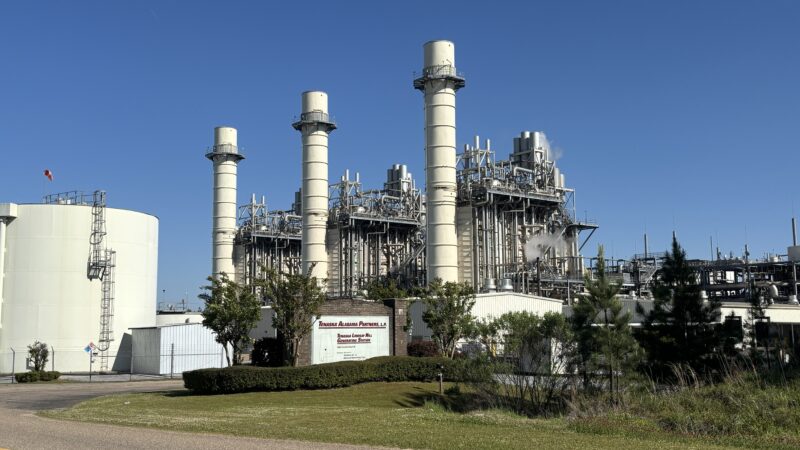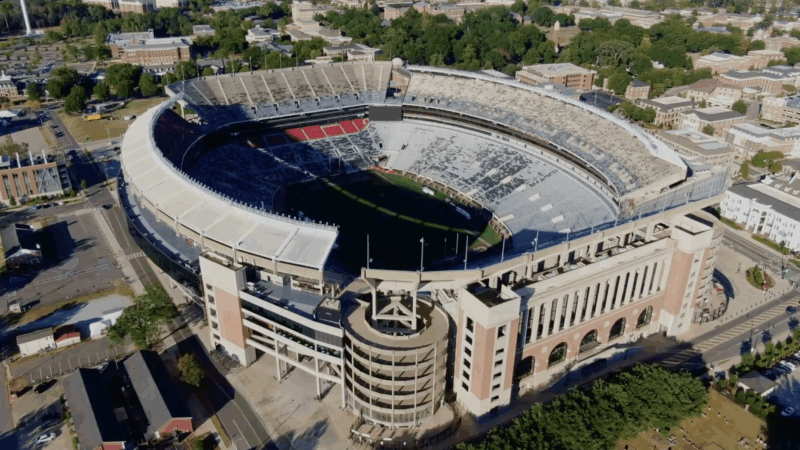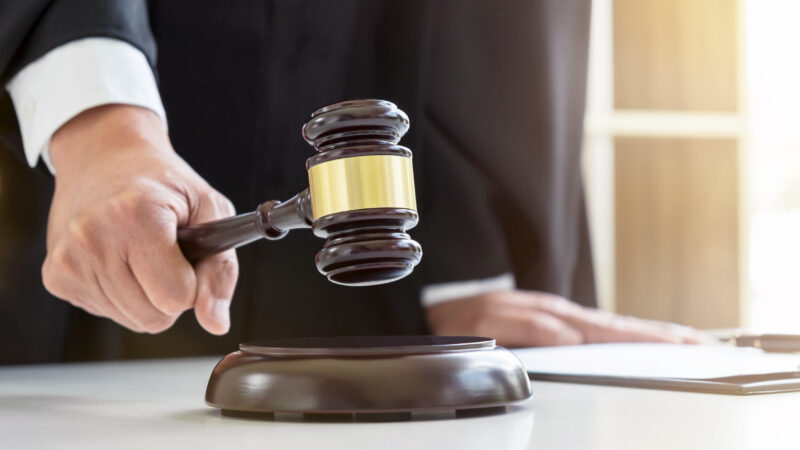Expert: Active Shooter Situations Can Easily Confuse Police
Active shooter incidents can be difficult for police officers. Events unfold in seconds and often end tragically. In Hoover on Thanksgiving night at the Riverchase Galleria, police shot and killed 21-year-old Emantic “EJ” Bradford Jr. Initially, they said he was the gunman in a shooting that left two wounded. They then backtracked and said the real gunman is still at large. State University of New York at Oswego criminal justice professor Jaclyn Schildkraut studies active shooter situations. She spoke with WBHM’s Andrew Yeager.
Interview Highlights
How police are trained to deal with active shooters:
“There’s a lot of confusion. There’s obviously a lot of people. People running every different direction or you could have people hiding all over the place. At that point what they’re going to be listening out for is the sounds of the gunfire in determining where in the building it’s coming from so that they can get to the perpetrator as quickly as possible and neutralize whether that is killing the perpetrator, taking them into custody, either with or without wounding them, but essentially bringing the event to a close as quickly as possible.”
What’s different about the Hoover shooting:
“There sort of one three outcomes that usually happens in these cases. That is either the perpetrator’s going to commit suicide. They’re going to basically get into a shootout with the police officers and either get wounded or basically suicide by cop. Or they’re just going to give themselves up, obviously, which is the least common. So to have a situation where the shooter is unknown and has a escaped the scene is very, very rare.”
How the “good guy with a gun” factor affects active shooter incidents:
“It puts those individuals actually at danger. There’s research that shows that when a person pulls a gun in a crime scene or there is a gun present in a crime situation that the likelihood of somebody getting injured increases fourfold … When police officers are arriving on a scene, they don’t know that that individual is a good guy with a gun. All they see is a person with a gun. And so [that] increases the risk of accidental shootings in terms of that good samaritan being injured by police because in that high-stakes, high-stress situation you’re trying to shoot to kill if somebody puts up a gun at you.”
Photo by kcdsTM 
Auburn tabs USF’s Alex Golesh as its next coach, replacing Hugh Freeze on the Plains
The 41-year-old Golesh, who was born in Russia and moved to the United State at age 7, is signing a six-year contract that averages more than $7 million annually to replace Hugh Freeze. Freeze was fired in early November after failing to fix Auburn’s offensive issues in three seasons on the Plains.
Alabama Power seeks to delay rate hike for new gas plant amid outcry
The state’s largest utility has proposed delaying the rate increase from its purchase of a $622 million natural gas plant until 2028.
Former U.S. Sen. Doug Jones announces run for Alabama governor
Jones announced his campaign Monday afternoon, hours after filing campaign paperwork with the Secretary of State's Office. His gubernatorial bid could set up a rematch with U.S. Sen. Tommy Tuberville, the Republican who defeated Jones in 2020 and is now running for governor.
Scorching Saturdays: The rising heat threat inside football stadiums
Excessive heat and more frequent medical incidents in Southern college football stadiums could be a warning sign for universities across the country.
The Gulf States Newsroom is hiring an Audio Editor
The Gulf States Newsroom is hiring an Audio Editor to join our award-winning team covering important regional stories across Mississippi, Alabama and Louisiana.
Judge orders new Alabama Senate map after ruling found racial gerrymandering
U.S. District Judge Anna Manasco, appointed by President Donald Trump during his first term, issued the ruling Monday putting a new court-selected map in place for the 2026 and 2030 elections.








